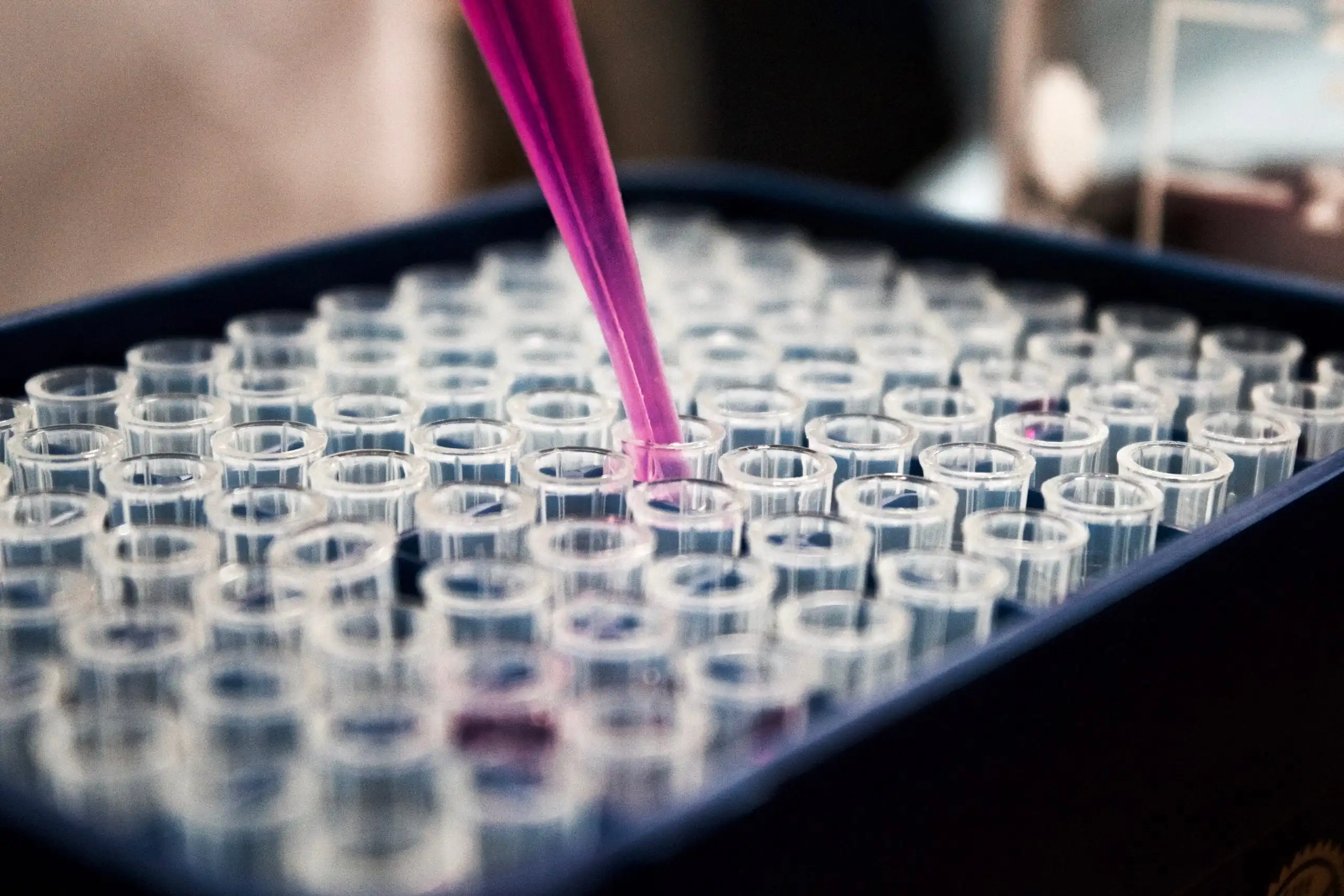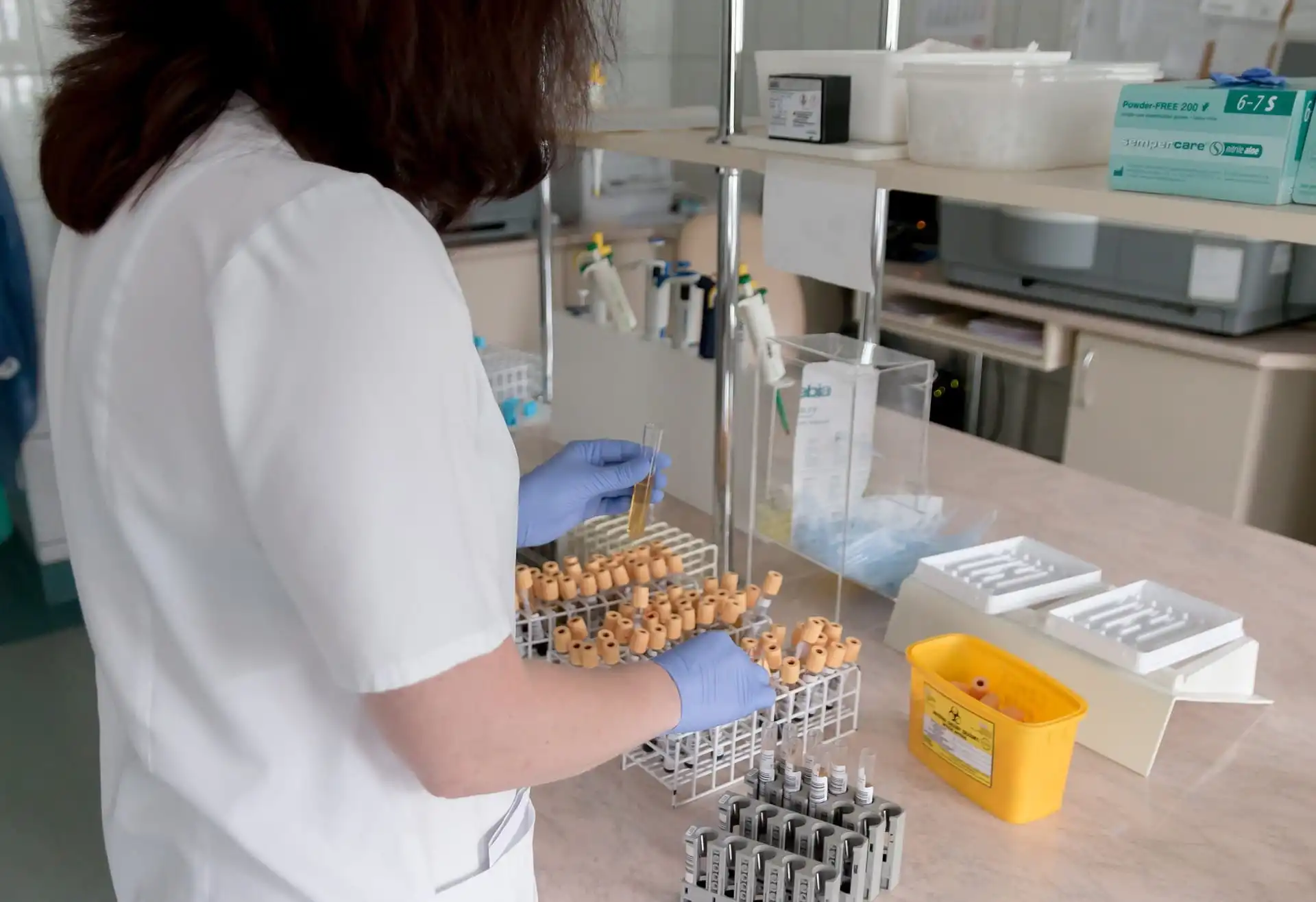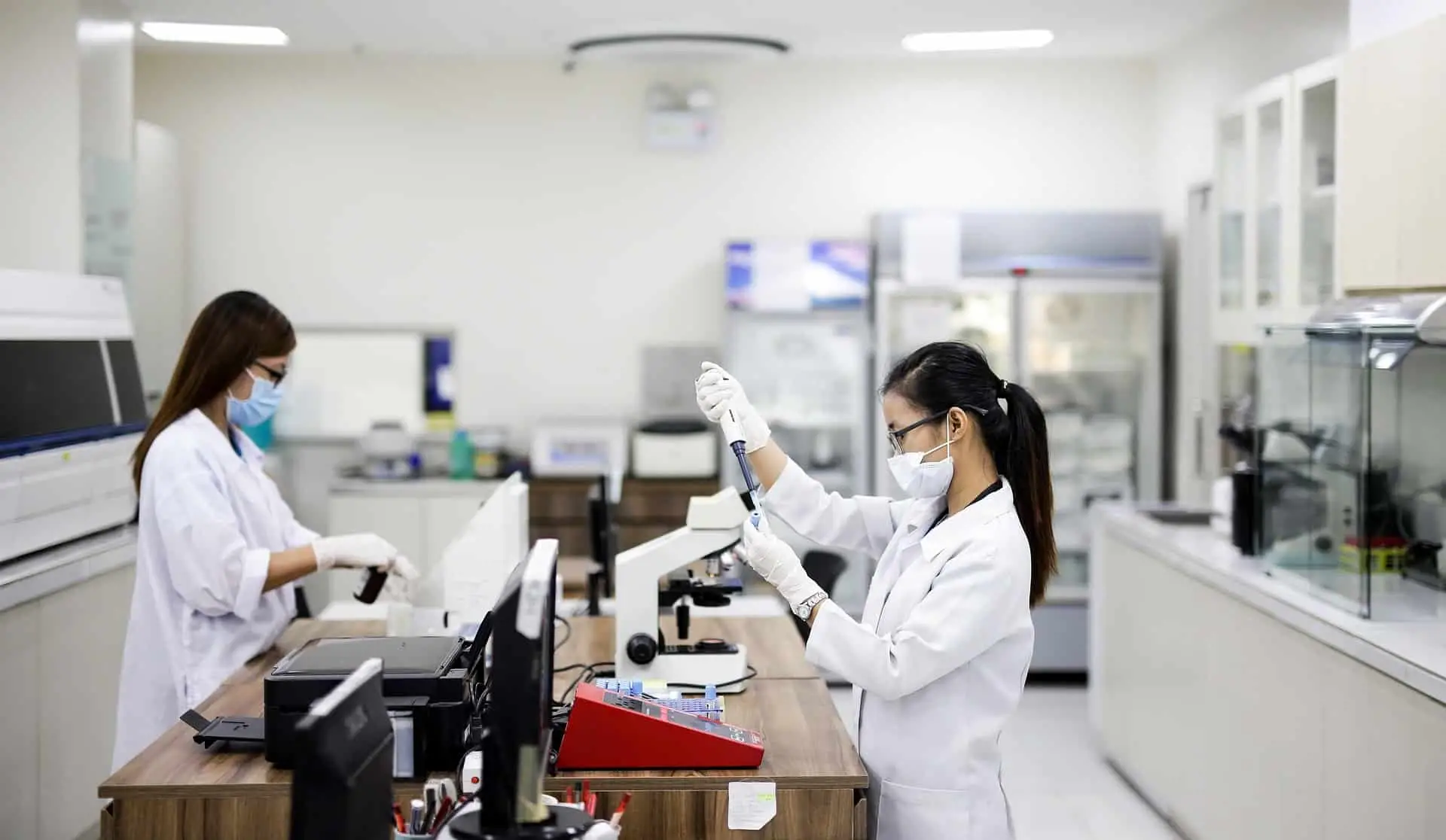
The COVID-19 crisis and geopolitical tensions have exposed supply chain vulnerabilities resulting in drug shortages in the USA and Europe. As a result, governments have taken measures to strengthen the global supply chain and manufacturing process with a focus on being less dependent on outside sources.
MedicaPharma Provides Pharmaceutical Access Across Multiple Worldwide Supply Chains
MedicaPharma ensures access to GMP pharmaceuticals across multiple resilient global supply chains. Click here to view a full GMP API product list.
Table of Contents
Why Do the EU and USA Have a Drug Shortage?
The United States sources roughly 30 percent of its API products from China and India. As a result, the dependence on active pharmaceutical ingredient manufacturers in China and India has caused supply chain shortages throughout the country.
The EU has also faced challenges resulting from pharma dependence on China, which amounts to roughly 85-90 percent for all ingredients and 33 percent for APIs. As a result, both countries have taken measures to boost supply chain resilience and refine pharmaceutical manufacturing and processes to strengthen supply chains and accommodate current demands.
Get your requested raw materials quotation
How the EU and US Are Making Supply Chains More Resilient
The United States and the European Union have taken action to strengthen supply chains to ensure that distribution channels are agile and efficient across multiple medical sectors.
The United States
The US government and private sector partners responded swiftly to shortages of critical generic drugs and APIs caused by multiple factors, including underinvestment in quality management and lack of incentives to manufacture less profitable drugs. Government action was recently outlined in a report that highlights measures to strengthen US supply chains and maintain a robust public health industrial base. Included in the report are details prescribed in Executive Order 14001, outlining objectives and actions for long-term supply chain resilience that include:
- A review of available critical materials, treatments, and supplies needed to combat COVID-19, including personal protective equipment (PPE) and necessary resources to effectively produce and distribute tests and vaccines
- Revision of operational assumptions and planning measures used to determine the scope and prioritization, acquisition, and distribution of medical supplies
- Recommended action to fill shortfalls by acquiring additional stockpiles, building market capacity, improving distribution systems, and expanding the industrial base
As a result of the above steps, policymakers and government authorities declared measures for building a resilient supply chain that include:
- The use of mechanisms that address emergency supply needs, including processes and standards to prioritize requests and delivery and to ensure distribution equity based on public health criteria
- An analysis of foreign supply chains and options for more effective global supply chain systems concerning future pandemics
- Mechanisms that address supply chain failures
- Approaches to develop an implementation plan for domestic production of pandemic supplies over a multi-year time period
Get your requested raw materials quotation
The European Union
The EU accordingly released a report outlining a roadmap to resilient supply chain management that includes the following measures:
- A proposal to revise pharmaceutical legislation that focuses on:
- Enhancing supply security
- Addressing global supply chain shortages through measures that include stronger transparency obligations, early notification of shortages and withdrawals, increased stock transparency, and enhanced coordination within the EU
- Follow-up requests on the European Council for open strategic autonomy and a launch of structured dialogue between and within the pharmaceutical manufacturing ecosystem and public authorities to identify supply chain vulnerabilities
- Consideration of actions that ensure the industry increases transparency via a voluntary process
- Encourage EU members via support and close cooperation through EU4Health funding
- Promotion of World Health Organization (WTO)-based actions to increase global supply chain resilience
Pharmaceutical Shortages to Treat Paediatric Cancers
Shortages of pharmaceuticals to treat paediatric cancers have been reported in Europe in recent years. As a response, the above-mentioned EU report includes proposals to revise the legislation on medicines for children to address unmet needs and improve the therapeutic landscape.
MedicaPharma is your partner !
MedicaPharma continues to stay focused on the situation to ensure our customers have access to GMP-certified active pharmaceutical ingredients (APIs).
Pharmaceutical Supply Chain FAQ
The pharmaceutical supply chain is the commercial mechanism through which drugs are manufactured and delivered to healthcare providers, drug wholesalers, and directly to patients via credentialed networks.
The United States and European Union are taking measures to strengthen supply chains through actions that open dialogue between manufacturers, distributors, and government policymakers to improve visibility and enhance resiliency.
The four channels that define pharmaceutical distribution in the supply chain include wholesalers, retailers, distributors, and online sales through ecommerce businesses. Direct distribution channels are between the manufacturer and consumer, and indirect channels involve several intermediaries before the product is sold to the consumer.
Pharmaceutical supply chains can be strengthened by building an effective supplier risk-management model, improving supply chain agility, and addressing current challenges that compromise supply chain management.




















